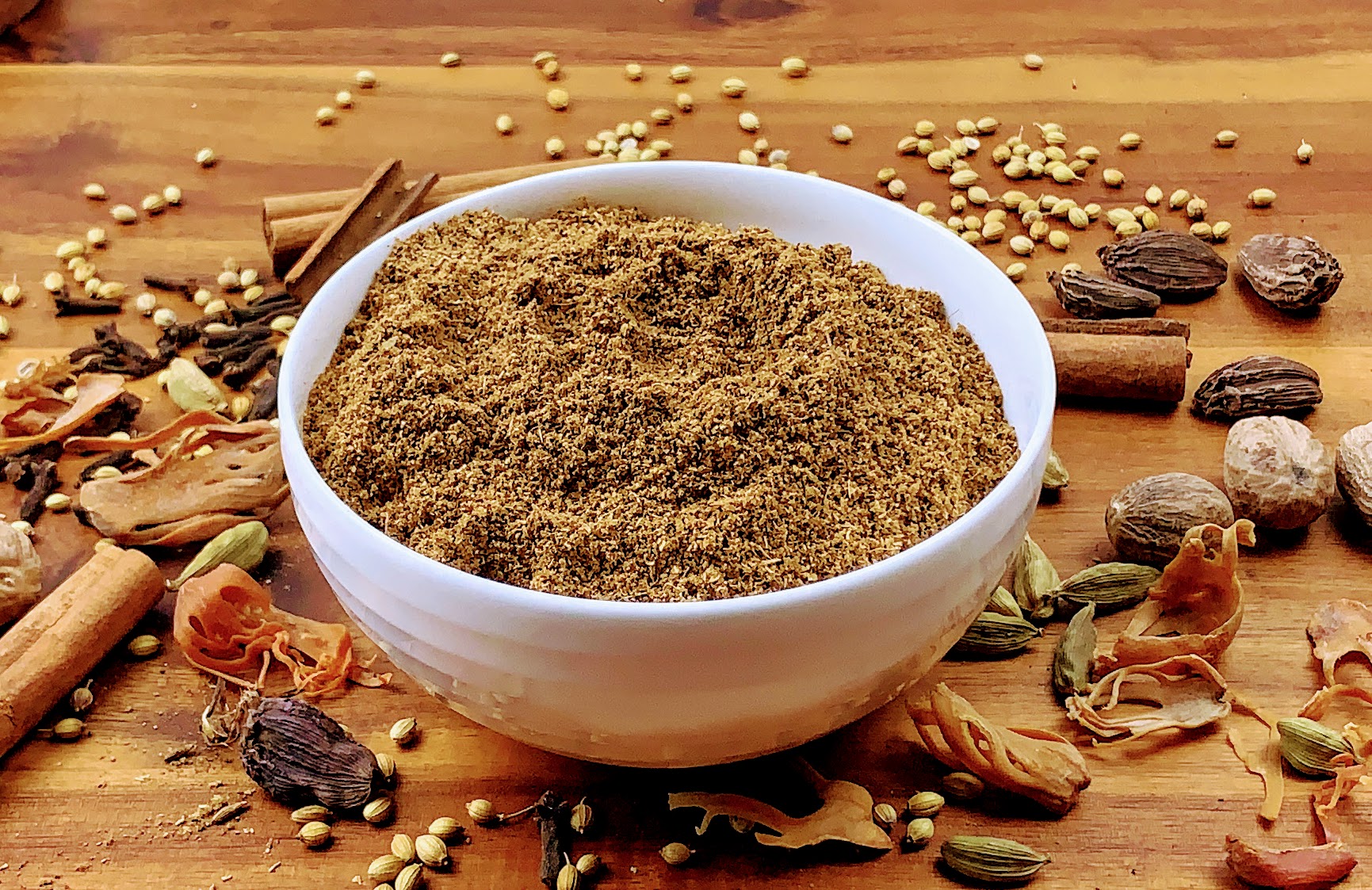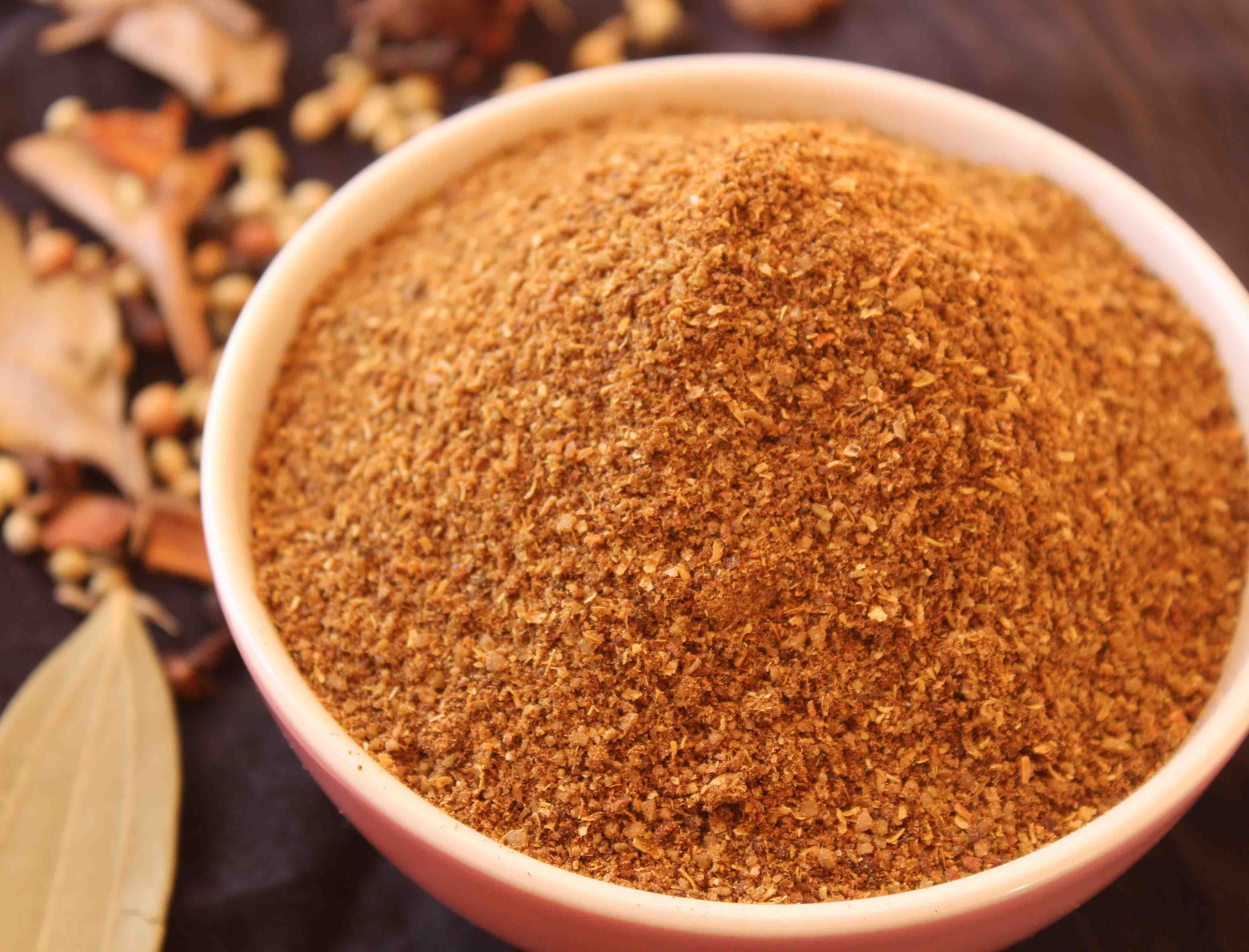Masala powder, an aromatic blend of roasted and ground spices, forms the heart of Indian cuisine. Its versatility and complex flavors have captivated taste buds worldwide, making it an indispensable ingredient in countless dishes.
In this comprehensive guide, we delve into the art of crafting the perfect masala powder, exploring its ingredients, roasting techniques, and culinary applications. Discover the secrets of blending harmonious spice combinations and learn how to store your masala powder for maximum freshness and potency.
Introduction
Masala powder holds a significant place in Indian cuisine, serving as a foundational element in countless dishes. It is a blend of various spices, meticulously combined to create a symphony of flavors that enhance the taste and aroma of food.
Masala powders are an indispensable part of Indian cooking, adding depth, warmth, and complexity to every culinary creation.
The diversity of Indian cuisine is reflected in the wide range of masala powders available. Each region boasts its own unique blend, tailored to specific dishes and culinary traditions. From the fiery heat of Kashmiri red chili powder to the fragrant warmth of garam masala, the variety of masala powders caters to every palate and preference.
Types of Masala Powders
Masala powders can be broadly categorized into two main types:
- Whole Spices: These are individual spices that are used whole, without grinding. They are typically added to dishes early on in the cooking process to release their flavors gradually.
- Ground Spices: These are spices that have been ground into a fine powder. They are added later in the cooking process to enhance the aroma and flavor of the dish.
The choice of whole or ground spices depends on the desired flavor and texture. Whole spices provide a more robust flavor, while ground spices offer a smoother, more subtle taste.
Ingredients and Proportions
Masala powder is a versatile spice blend used in various Indian cuisines. Creating a balanced and flavorful masala powder requires carefully selecting and proportioning the ingredients. Here’s a table outlining the essential ingredients and their recommended proportions:
| Ingredient | Proportion |
|---|---|
| Coriander seeds | 2 tablespoons |
| Cumin seeds | 1 tablespoon |
| Fennel seeds | 1 teaspoon |
| Fenugreek seeds | 1/2 teaspoon |
| Black peppercorns | 1/2 teaspoon |
| Cloves | 4-5 |
| Green cardamom pods | 4-5 |
| Cinnamon stick | 1-inch |
| Bay leaves | 2-3 |
| Red chili powder | 1-2 teaspoons (optional, adjust to taste) |
Roasting and Grinding
Roasting whole spices enhances their aroma and flavor by releasing essential oils and creating a richer, more complex taste profile. The heat intensifies the natural flavors, making them more pronounced and enjoyable.
After roasting, the spices are ground into a fine powder using a mortar and pestle or a spice grinder. This process breaks down the spices into smaller particles, increasing their surface area and allowing them to release their flavors more effectively when added to dishes.
Grinding
Grinding the roasted spices into a fine powder is crucial for several reasons. First, it ensures that the spices are evenly distributed throughout the dish, creating a consistent flavor. Secondly, the smaller particle size allows the spices to dissolve more easily in liquids, such as water or oil, enhancing their absorption and flavor impact.
Blending and Storage
To create a harmonious masala powder, blend the ground spices thoroughly. Use a mortar and pestle or a spice grinder to achieve a fine and even consistency. Ensure that all the spices are evenly distributed to create a balanced flavor profile.
Store the masala powder in an airtight container in a cool, dry place away from direct sunlight. This will help preserve its freshness and potency for several months. You can also store the powder in the refrigerator for up to a year to extend its shelf life.
Variations and Substitutions
Masala powder recipes can vary widely depending on regional cuisines and personal preferences. Here are some common variations and suitable substitutes for ingredients:
Variations
- North Indian Masala Powder: Emphasizes garam masala, turmeric, coriander, and cumin.
- South Indian Masala Powder: Includes fenugreek, asafoetida, and mustard seeds.
- Kashmiri Masala Powder: Known for its mild heat and vibrant red color from Kashmiri chilies.
- Garam Masala Powder: A blend of aromatic spices like cinnamon, cloves, cardamom, and nutmeg.
Substitutions
- Fenugreek Seeds: Substitute with an equal amount of caraway seeds or celery seeds.
- Asafoetida: Use a pinch of onion powder or garlic powder.
- Mustard Seeds: Replace with cumin seeds or caraway seeds.
- Kashmiri Chilies: Substitute with paprika or sweet paprika.
Culinary Applications
Masala powder finds extensive use in Indian cooking, serving as an indispensable ingredient in a myriad of culinary creations. Its versatility extends to both vegetarian and non-vegetarian dishes, imparting a distinctive flavor profile to each.
Masala powder is a key ingredient in many popular Indian dishes, including:
Main Course Dishes
- Curries: Masala powder forms the aromatic base of countless curry recipes, such as chicken tikka masala, lamb rogan josh, and vegetable korma.
- Biryani: This flavorful rice dish is often seasoned with a blend of masala powder, creating a delectable combination of spices and flavors.
- Tandoori dishes: Masala powder is used to marinate chicken, fish, and vegetables for tandoori cooking, resulting in succulent and aromatic dishes.
Snacks and Appetizers
- Samosas: These triangular pastries are filled with a savory mixture of potatoes, peas, and spices, including masala powder.
- Pakoras: Masala powder adds a spicy touch to these vegetable fritters, creating a crispy and flavorful snack.
li>Chutneys: Masala powder is incorporated into various chutneys, adding depth and complexity to their flavor profile.
Health Benefits

Masala powder is not only a culinary delight but also a treasure trove of health benefits.
Its blend of aromatic spices boasts antioxidant and anti-inflammatory properties, contributing to overall well-being.
Antioxidant Powerhouse
The spices in masala powder, such as turmeric, cumin, and coriander, are rich in antioxidants. These compounds combat free radicals, unstable molecules that can damage cells and contribute to chronic diseases. By neutralizing free radicals, masala powder may reduce the risk of oxidative stress and protect against conditions like heart disease, cancer, and cognitive decline.
Anti-inflammatory Properties
Inflammation is a natural response to injury or infection, but chronic inflammation can harm the body. Masala powder contains spices like ginger, cloves, and cinnamon, which have anti-inflammatory effects. These spices help soothe inflammation, alleviate pain, and improve joint function.
Conclusion

In summary, our analysis of the masala powder recipe highlights its versatility, adaptability, and significance in Indian cuisine. The combination of aromatic spices, blended in precise proportions, creates a flavorful and complex seasoning that enhances a wide range of dishes.
Masala powder is a cornerstone of Indian cooking, adding depth, warmth, and a distinct flavor profile to both vegetarian and non-vegetarian dishes. Its ability to complement a variety of ingredients and culinary techniques makes it an indispensable ingredient in many traditional and contemporary Indian recipes.
Final Conclusion
Masala powder is a culinary treasure that adds depth and complexity to any dish. Its versatility extends beyond Indian cuisine, making it a welcome addition to global flavors. Experiment with different variations, explore its health benefits, and let the vibrant flavors of masala powder transport you to the heart of Indian culinary traditions.
Q&A
What are the key ingredients in a basic masala powder recipe?
Coriander seeds, cumin seeds, turmeric powder, red chili powder, and black peppercorns form the foundation of a basic masala powder blend.
How do I store masala powder to maintain its freshness?
Store masala powder in an airtight container away from direct sunlight and moisture. It can retain its potency for up to 6 months when stored properly.
Can I substitute any ingredients in a masala powder recipe?
Yes, you can adjust the ingredients based on your preferences or availability. For example, you can use garam masala instead of red chili powder or add fenugreek seeds for a slightly bitter note.
